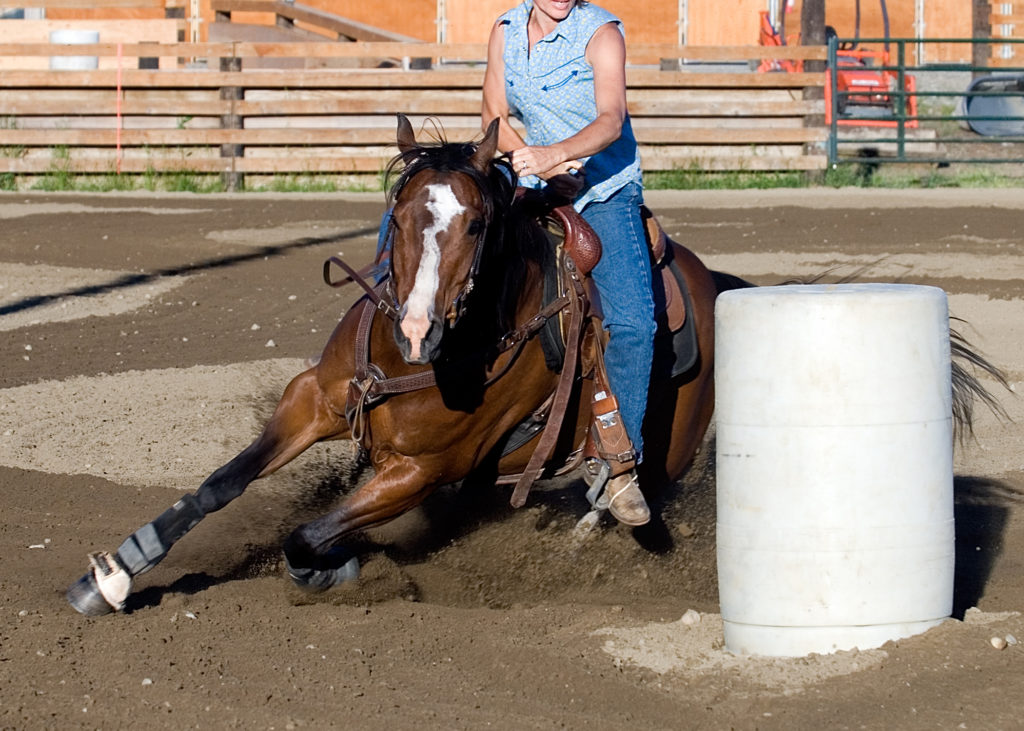
Is Synovial Fluid Toxic to Horse Tendons?
Researchers confirmed that synovial fluid is toxic to inner tendon cells, which could help explain why injuries within tendon sheaths and bursae have a poor prognosis for healing, they said.

Researchers confirmed that synovial fluid is toxic to inner tendon cells, which could help explain why injuries within tendon sheaths and bursae have a poor prognosis for healing, they said.

Most modifications made to the traditional distal limb compression bandage did not appear to improve their efficacy, researchers found.

Read the latest in equine health research, news, and information presented at the 2018 British Equine Veterinary Congress in Birmingham, England.

Researchers found that treating suspensory ligament branch tears surgically generally yielded a good prognosis and proved superior to noninvasive management. However, they cautioned, surgical intervention is lesion-specific and not applicable to all suspensory branch injuries.

Tendon rehab in horses should include heavy and slow loading, pain monitoring, and progressive resistance.

Find out how veterinarians used ozone to treat a mare with complications associated with superficial digital flexor tendinitis.

Researchers concluded that high-power laser therapy, administered with the device tested in this study, is safe, results in fairly low reinjury rates, and affords a fairly quick return to performance.

Horses are at risk of adverse effects anytime they receive injections. However, researchers recently determined that stem cell injection site reactions in horses were uncommon in the population they studied.

In the first of this two-part series, we’ll explore full-body rehabilitation options, from the horse’s head to tail.

Cranial nuchal bursitis occurs when nuchal ligament (located near the horse’s poll) bursae become inflamed and sometimes infected. It generally causes pain, limited head and neck flexion, and poor performance.

Read top tweets and take-home messages from industry experts on common racing injuries, their approach to effective rehab and what they’ve seen horses go on to do after recovery.

Tendons and ligaments are meant stretch and flex. So it must be bad news when hard material forms within them, right? Not necessarily, researchers say.

Researchers are examining inflammatory and anti-inflammatory markers’ efficacy as early indicators for potential catastrophic injuries in racehorses.

Researchers have determined that the matrix—a stretchy, sticky, weblike structure within the tendon—loses its resistance over time. This could play a role in tendon problems in old horses.

Researchers found that standing surgery results were at least as good as those of surgeries performed under general anesthesia. The new procedure also allows better surgical access to the target tissues, they said.

Researchers found horses treated for superficial digital flexor tendonitis with a new biologic product recovered better than those that received a placebo.
Stay on top of the most recent Horse Health news with
"*" indicates required fields